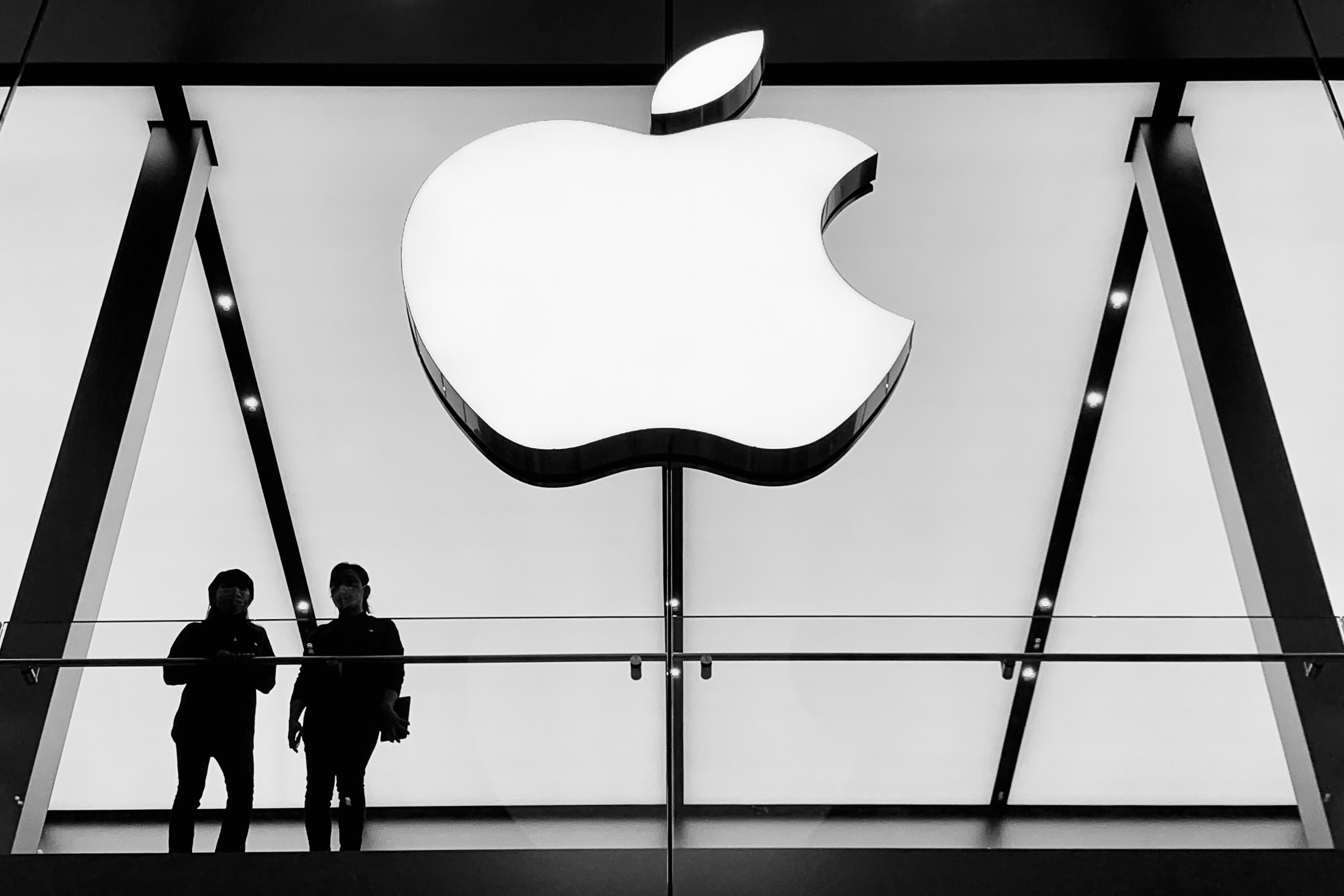Nike has grown from a single man selling running shoes from his car into one of the world’s biggest brands. Nike has achieved this by creating eminently usable products while fostering a sense of community.
Research by Brain and Company in 2017 found that a four-tiered hierarchy of factors drives customers’ decision-making. These factors are function, emotion, life-changing, and social impact.
Each factor fulfils a customer need, but the world’s strongest brands successfully apply them all. This allows them to build the deepest and most powerful relationships with their customers.
1) Function
For any sportswear brand, the key consideration must be the product’s usability in sports participation. For Nike, this means the efficacy of its shoes for running. They must seek a balance between being comfortable, lightweight and affordable.
In 2019 Nike launched its ‘Next%’ shoes, which gave the effect of running downhill on any surface. Eliud Kipchoge wore these trainers during his well-publicised world record-breaking marathon. Seeing the innovation being used by world-leading athletes convinced customers that the shoes would improve their own performances.
2) Emotion
The second priority is the emotion that the product instils in Nike’s customers. If products perform their function, customers are likely to feel good when wearing Nike shoes. If they run fast and with comfort, customers will associate happier sentiments with the brand.
Similarly, aesthetically pleasing products inspire positive emotions in customers. By producing trainers which look as good as they feel, Nike instils confidence in its customers.
3) Life impact
Nike also provides several platforms aiming to improve customers’ lives more generally. By encouraging loyal customers to join Nike+, the brand builds a community of engaged customers.
Nike+ users are encouraged to upload their fitness regimes and provide support for others. This fosters a deeper relationship between customers and the brand and, crucially, keeps them coming back.
4) Cultural impact
Arguably the greatest element of Nike’s customer orientation is its broader socio-cultural dynamic. This is encapsulated by its relationship with NFL player, Colin Kaepernick. In 2018 Nike publicly supported his protest against police brutality in the USA.
Despite backlash from certain corners of society, this proved to be a shrewd PR move. Customers responded well to Nike standing by its principles, with sales increasing by 31%. Following its advert celebrating Kaepernick, Nike’s value rose by an estimated $6 billion.
Ultimately, this demonstrates that customer needs are not simply practical. It is true that customers always want the best possible products they can afford. However, they also want to feel part of something greater than themselves.
By aligning company values with customer needs, Nike has built a strong and profitable brand. Nike both produces great quality products and plays a part in customers’ everyday lives.





